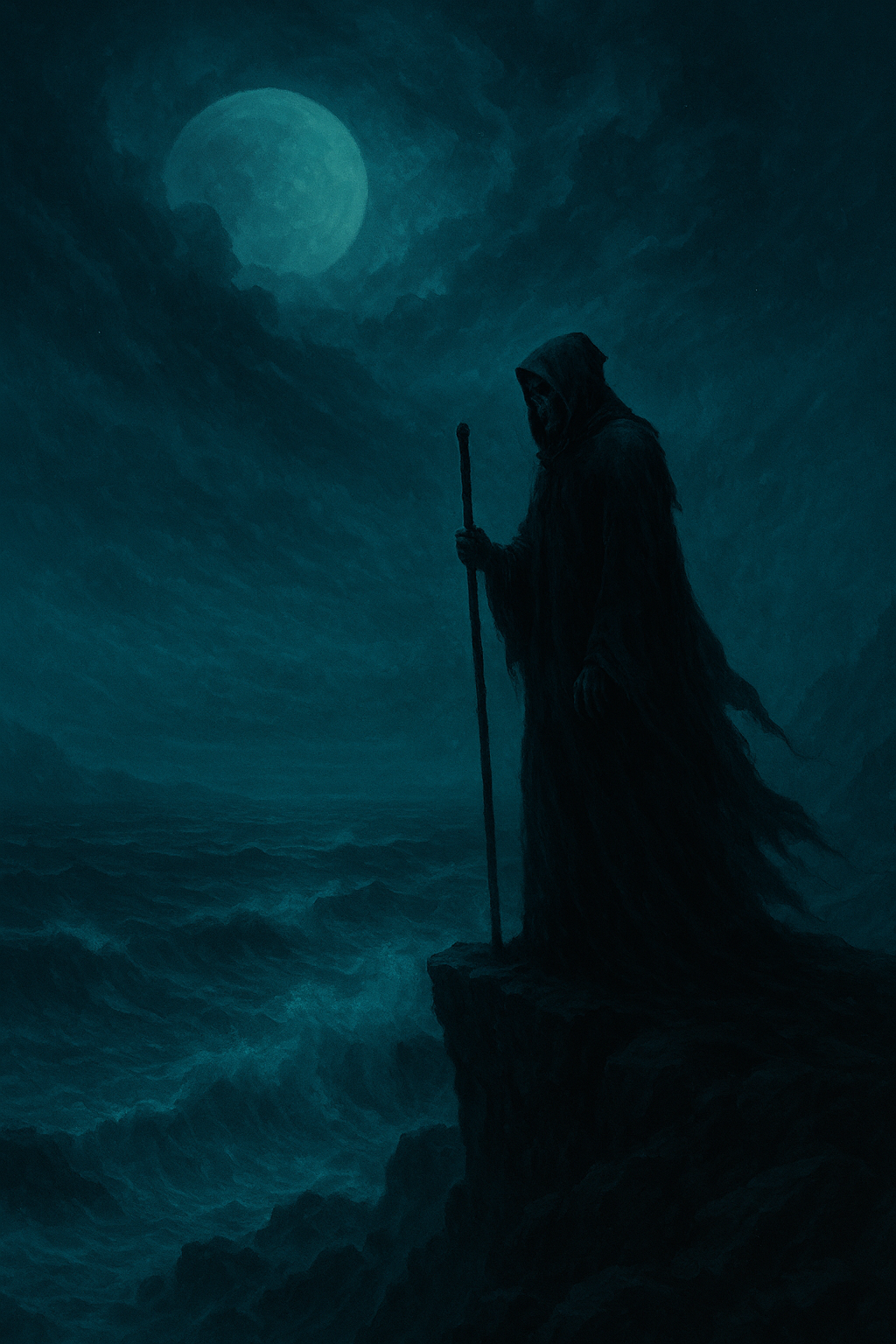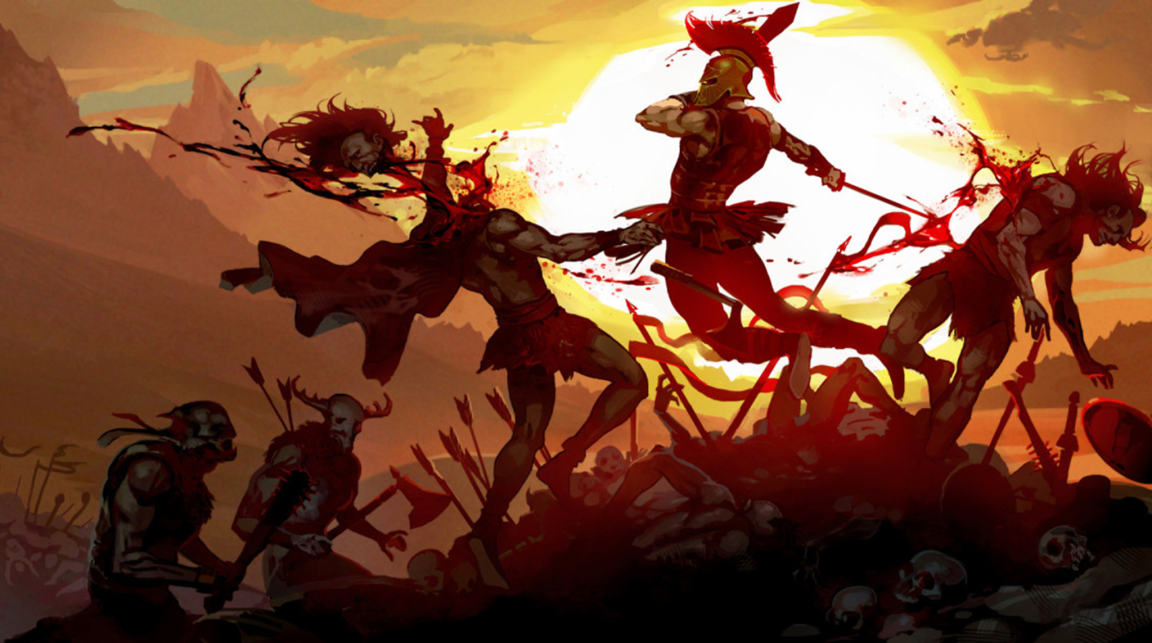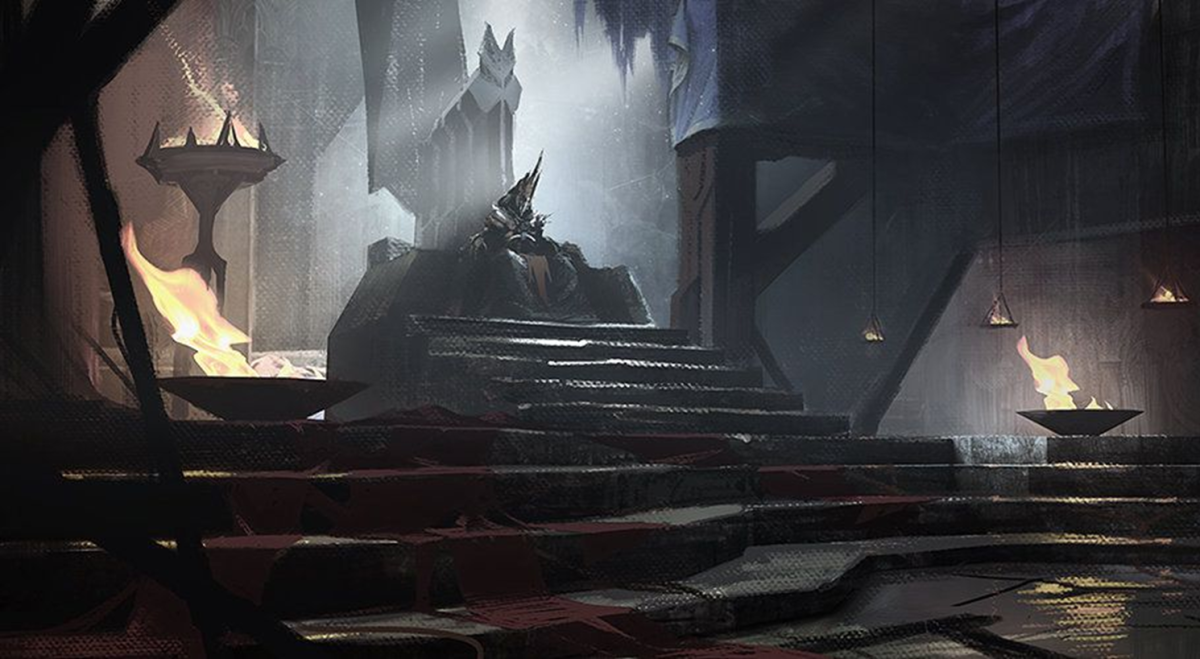Death's Omen MUD
Death is only the beginning...
When the stillness of Eternum stirred, Anu, the Spark, and Nara, the Womb, awakened and birthed the First Light, shaping the planes of Celestia, Infernum, and Kai'lar, the Breath of Life. In those earliest days all things endured without decay, a flawless harmony untouched by time or ending. But among the Eternals was Mor'tael, radiant and restless, who saw that perfection was also stillness, and stillness was death of another kind. He asked, "What meaning has creation if it cannot end?" and when the Bright Court forbade him to test the question, he defied them. Mor'tael tore open a wound beneath Infernum, a place where light itself could die, and from that wound came the Abyss, the first shadow and the beginning of death. The heavens erupted in war as Bright and Forsaken clashed across the newborn sky until Vorundex, the Judge Apart, descended to end their strife. By his word the Forsaken were cast into Infernum, their former furnace of creation twisted into a realm of wrath and pride. Mor'tael, Belial, and Darketh ruled there in ruin, their brilliance darkened into corruption. Thus the first harmony was broken, perfection ended, and from its ashes the long turning of time began.
In the wake of the Forsaken War, when the heavens still wept embers and Kai'lar smoldered with divine scars, the Eternals of the Bright Court looked upon the wounded world and sought to heal it. To preserve the fading light, they shaped a new race - the Everonians, children of Anu's spark and Nara's breath, mortal yet luminous, born to dream and to choose. From their devotion rose Everon, the greatest of cities, where gods and mortals walked side by side and the air itself shimmered with divinity. Among these people emerged nine whose Sparks blazed brighter than all others, crowned as the Archons of Everon, each bound to a patron Eternal and entrusted with a sacred virtue. For centuries they ruled in harmony, their city a reflection of Celestia's glory, and it seemed the world had been made whole once more. But among them was Kaelreth the Red, whose hunger for knowledge rekindled the old question of Mor'tael - why must creation end? Forbidden to pursue his designs, Kaelreth defied his peers and tore open the veil beneath the city, seeking a path to godhood. The veil did not open upon Celestia but upon the Abyss, and through it rose a storm of black fire that devoured all. Thus began the Shattering, the Cataclysm of Everon, and the birth of the Umbra Maw, the wound that still bleeds in the east. When the darkness finally fell silent, the gods withdrew, the Archons were lost, and from their ashes arose the First Men, mortal heirs to a fallen paradise and the dim echo of divine light.

King Agriel dies without an heir, and civil war threatens the already war-ravaged kingdom. During the memorial services for Angelee Aubermane, all in attendance witness the angelic form of King Agriel fill the temple with divine light, and watch as he weeps for his daughter. From this moment, events unfold that will soon see Agrielism rise into an organized religion across all of Morra.

Hundreds of years have passed since Kokuathu invaded Torin and saw the ascension of the Angel Agriel. Since then, the people of Sor'lamir have enjoyed a somewhat long-lasting harmony and have thrived, their faith and prosperity woven deeply into daily life. For those who serve in the Tol Legion within Kemlyshire, however, life is not so peaceful and is filled with many dangers. The Legion is Sor'lamir's most elite fighting force - a brotherhood forged in discipline and blood, sworn to defend the kingdom's borders against all threats. Hostile tribes, brigands, wild beasts, and Kish warbands are all part of the perils that await the life of a Legionnaire.
"Give me ten Legionnaires. Or failing that give me a hundred other troops."
-Arinthel Tol, 1st General of the Tol Legion.
"Until forever ends."
He said to himself as much as to the twisted figures in the shadows around him. He had contemplated those words for greater than seven centuries, and in all that time, one thing that the Demon Kokuathu had still not learned, was patience. The fiend no longer listened to the tormented screams that wailed without end from somewhere outside of his dismal chamber. He was seated upon his throne, and his sallow eyes stared down to the shallow pool that lay before him. Within its black waters he watched the world outside of the tower which had been his prison for all of those long years. His head lulled back, as he spoke again, his deep inhuman voice filling not only the chamber, but the minds of the dark souls who worshipped him as a god.
"Then the time has come for forever to end..."

Introduction
Death's Omen (DO) is a roleplay-intensive, text-based fantasy experience set in the vibrant and dangerous land of Morra - a world of noble houses, eternal faiths, and the quiet stirrings of something darker beyond the edge of civilization. From the royal courts of Everon to the mist-shrouded depths of the Murkwood, life in Morra is shaped by duty, honor and ambition. Heroes rise through courage and service. Merchants amass fortunes through wit and will. Nobles scheme beneath banners of glory. And all the while, the good-aligned faithful look to the Ascendant while those of evil-alignment whisper the names of the Forsaken. In Death's Omen, your choices matter. Will you swear fealty or carve your own legend? Defend your homeland or conspire from the shadows? Whether soldier, priest, outlaw, or heir - the story is yours to shape.
What is a RPI MUD?
RPI MUDs represent a distinctive subset within the broader category of text-based online role-playing games. These MUDs are characterized by an unwavering commitment to immersive role-playing experiences, often featuring intricate narratives, detailed world-building, and player-driven storylines. One hallmark of RPI MUDs is the minimal allowance for out-of-character (OOC) speech within the in-game environment. Players are encouraged to maintain a strict separation between their real-world personas and the characters they portray, fostering a deeper sense of immersion. The emphasis on in-character communication heightens the realism and authenticity of interactions, as players navigate social structures, political intrigue, and interpersonal relationships solely through the lens of their in-game avatars.
Another hallmark of RPI MUDs is the implementation of permadeath, a distinctive feature that significantly influences the gaming experience. Permadeath involves coding in the MUD that can lead to the permanent destruction of a character during the course of gameplay. Unlike conventional games where characters can respawn or be resurrected, permadeath in RPI MUDs means that when a character dies, their story concludes permanently, and players must create a new character to continue participating in the game. In essence, permadeath becomes a fundamental aspect of the risk-reward balance in RPI MUDs, making each encounter, decision, and interaction a pivotal moment that can shape the course of a character's existence within the persistent and immersive game world.
Death's Omen is more than a game; it's an evolving story where players contribute to the ongoing narrative, shaping the destiny of Morra through their characters' choices and actions. The hope is for the community to thrive on creativity, respectful interaction, and a commitment to maintaining an engaging and welcoming environment. That being said, a big part of DO's design is to hope to create a world for which the players get to play a unique, fictional character, limited only to their RP achievements and what their imaginations can contemplate. Those new to online role-playing games and especially veteran role-players will all be welcome to Death's Omen.
Please note that the MUD is still in development, and is closed at this time. If you wish to reach out to staff, contact Evilonester at support@deathsomen.com

